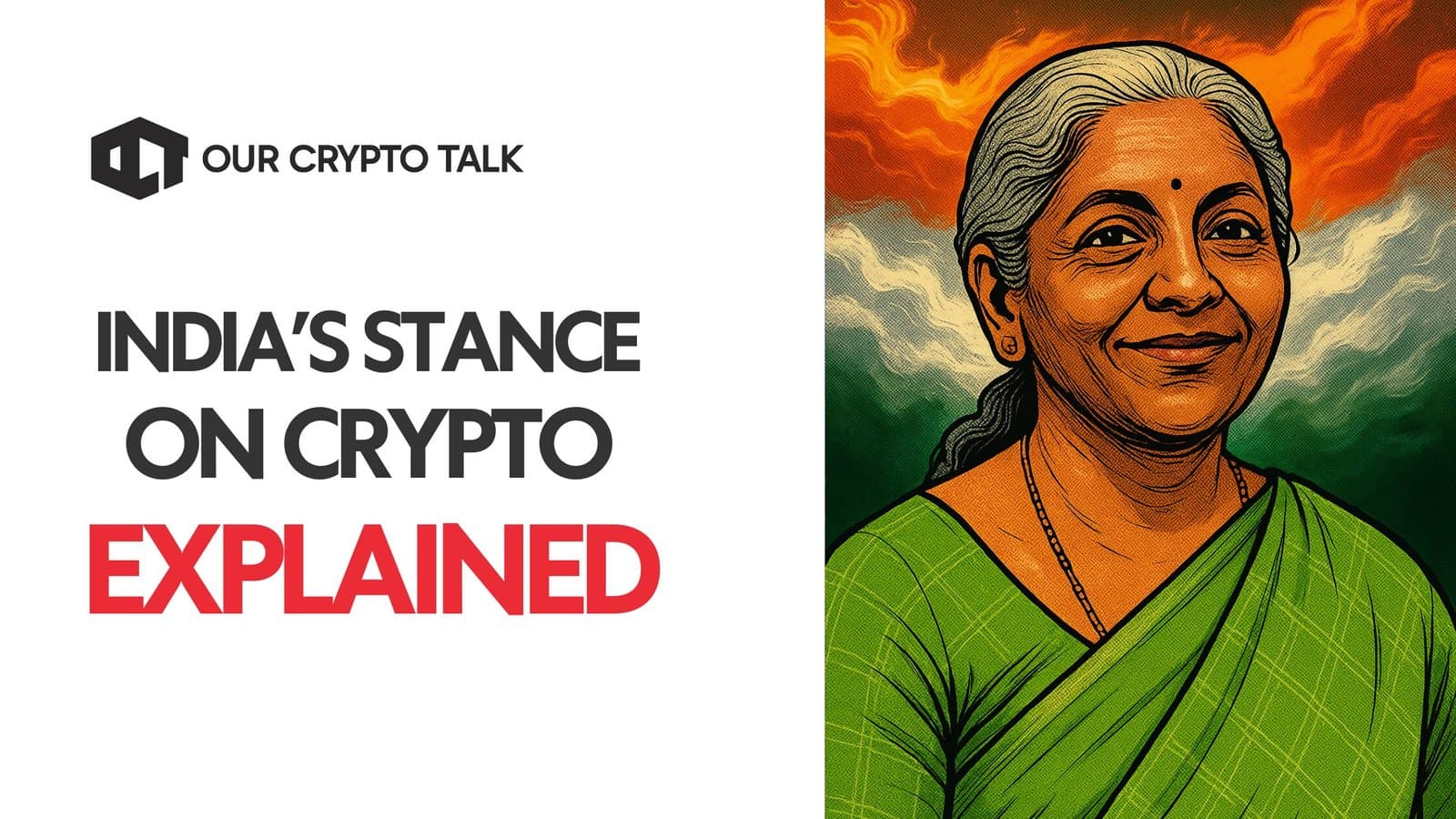
India balances innovation and control in its evolving crypto policoes. Explore how regulation, taxes, and the e-Rupee shape the landscape.
Author: Tanishq Bodh
Published On: Tue, 07 Oct 2025 16:41:23 GMT
As of October 2025, India’s relationship with cryptocurrencies and stablecoins remains defined by caution, innovation, and regulatory ambiguity. Despite leading global crypto adoption for three straight years (2023–2025), the country continues to walk a fine line—neither embracing nor banning digital assets outright.
Policymakers prioritize financial stability, anti-money-laundering controls, and the rollout of the sovereign e-Rupee, India’s central bank digital currency (CBDC). With over 100 million users and $4.5 billion in holdings, the nation’s approach could influence global norms just as the U.S. and Japan advance pro-crypto policies.
This explained guide breaks down India’s evolving stance—its history, current frameworks, taxation, outlook on stablecoins, and what 2025’s developments signal for the road ahead.
India’s crypto journey began in the early 2010s with Bitcoin’s arrival. By 2018, regulatory skepticism peaked when the Reserve Bank of India (RBI) barred banks from servicing crypto businesses, citing volatility and money-laundering risks. The Supreme Court overturned the ban in 2020, restoring limited access to banking for exchanges.
A draft 2021 bill proposed banning “private cryptocurrencies” while supporting a digital rupee, but it was never tabled. Instead, the Finance Act 2022 categorized tokens as Virtual Digital Assets (VDAs)—a status that made them taxable but not legal tender.
The government’s approach has since mirrored global caution. During its G20 presidency in 2023, India pushed for global AML and CTF standards, emphasizing coordination over unilateral action. Simultaneously, the e-Rupee pilot launched in late 2022, signaling preference for state-controlled innovation.
By 2024, non-compliant offshore exchanges such as Binance faced enforcement and fines, marking a shift from passive observation to active regulation. In essence, India’s pattern is pragmatic: avoid bans, curb excesses, and let innovation grow under supervision.

India still lacks a dedicated crypto law, resulting in fragmented oversight:
The government’s September 2025 memo confirmed reluctance to pass a full crypto bill, citing systemic-risk concerns. Crypto remains legal to hold and trade but barred for payments, creating a grey zone that balances innovation and control.
Industry voices, including Sumit Gupta (CoinDCX), continue to urge clear legislation. Meanwhile, think-tank proposals such as the COINS Act 2025 recommend establishing a Crypto Asset Regulation Authority (CARA) and exploring Bitcoin reserves—ideas yet to be adopted officially.
India’s tax structure for digital assets is among the strictest worldwide.
The 2025 Budget expanded scrutiny to undisclosed crypto income, while exchanges must begin OECD-aligned transaction reporting by 2027.
Surveys show 93 percent of users demand clearer regulation and 84 percent view taxes as punitive. The burden has driven many traders offshore, prompting the tax board (CBDT) to reassess impacts. Analysts warn that prolonged ambiguity could stifle domestic innovation even as adoption accelerates abroad.
Stablecoins like USDT and USDC highlight India’s toughest policy dilemma. They enable $125 billion in annual remittances, cutting costs by nearly 90 percent, yet raise fears of “dollarization” and capital flight.
Currently, stablecoins are treated as VDAs, taxed and monitored under the same AML framework—with no separate licensing regime. The RBI firmly opposes private stablecoins, arguing they threaten the rupee’s dominance and could fragment the payments landscape dominated by UPI.
However, sentiment is softening. At the Kautilya Economic Conclave (Oct 2025), Finance Minister Nirmala Sitharaman urged governments to “prepare to engage” with stablecoins, signaling a shift toward measured engagement rather than rejection.
Policy discussions now explore an INR-backed stablecoin collateralized by government bonds to streamline remittances. Proponents say it could complement the e-Rupee while boosting bond demand; skeptics cite governance and convertibility risks.
For now, the e-Rupee pilot remains the centerpiece of India’s digital-currency strategy, expanding interoperability with UPI to offer a state-controlled alternative.
The year 2025 has seen incremental yet telling moves:
Public discourse reflects optimism: India’s adoption leadership is undeniable, and policymakers increasingly acknowledge the sector’s potential even as they proceed cautiously.
Key challenges:

Looking forward:
If current signals continue, especially Sitharaman’s openness, India may eventually differentiate stablecoins instead of lumping them under VDAs, using regulation to foster remittances while safeguarding monetary control.

